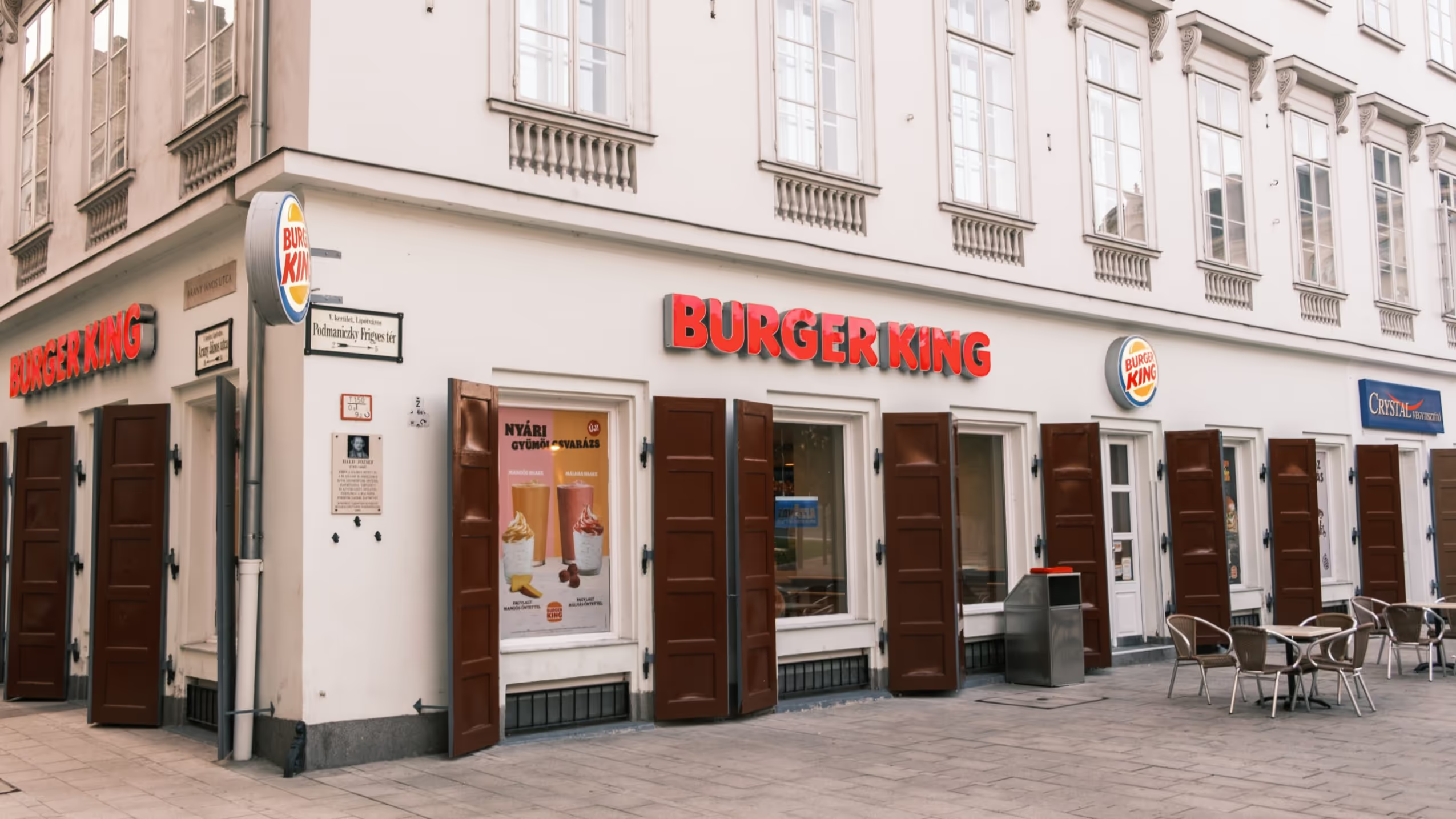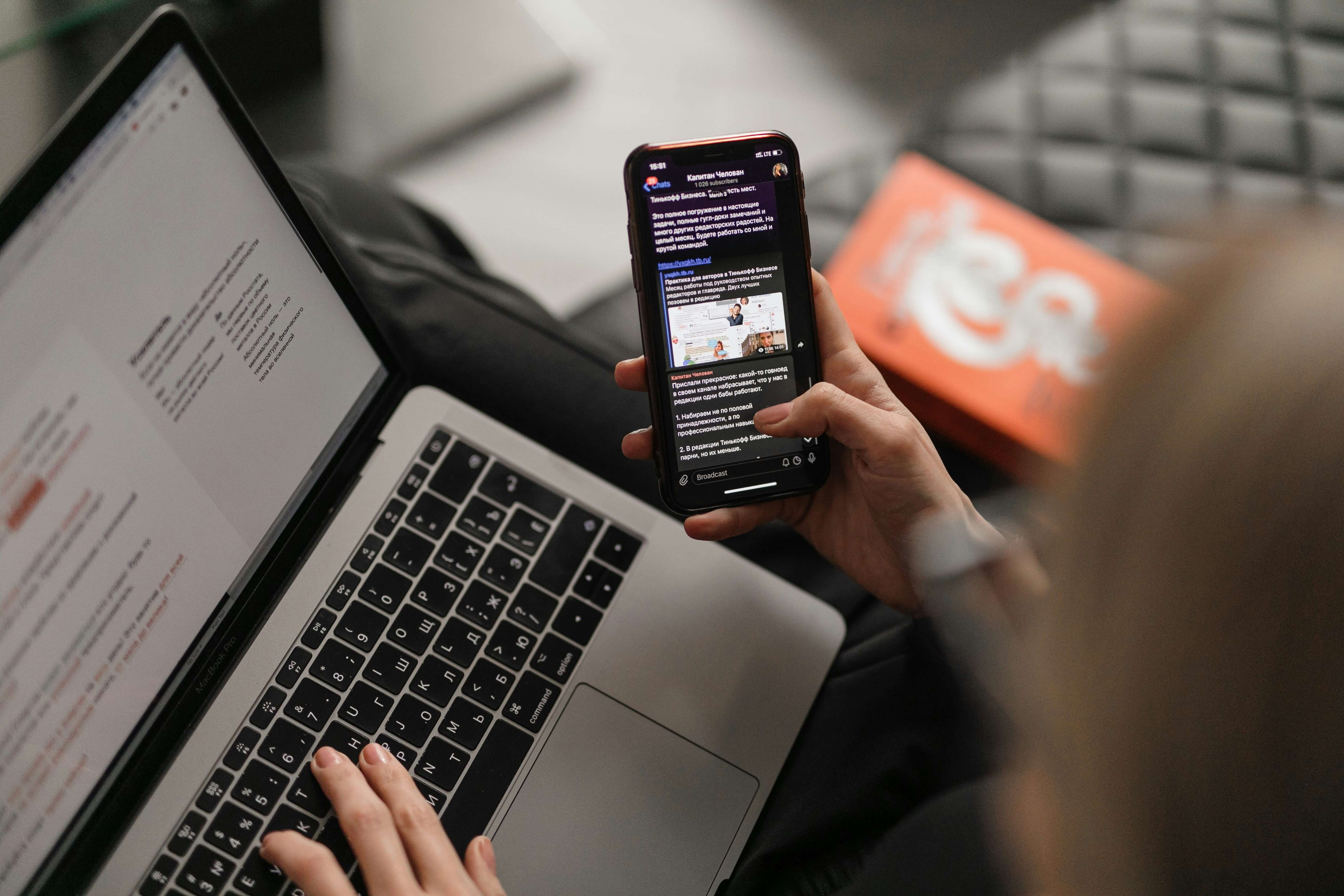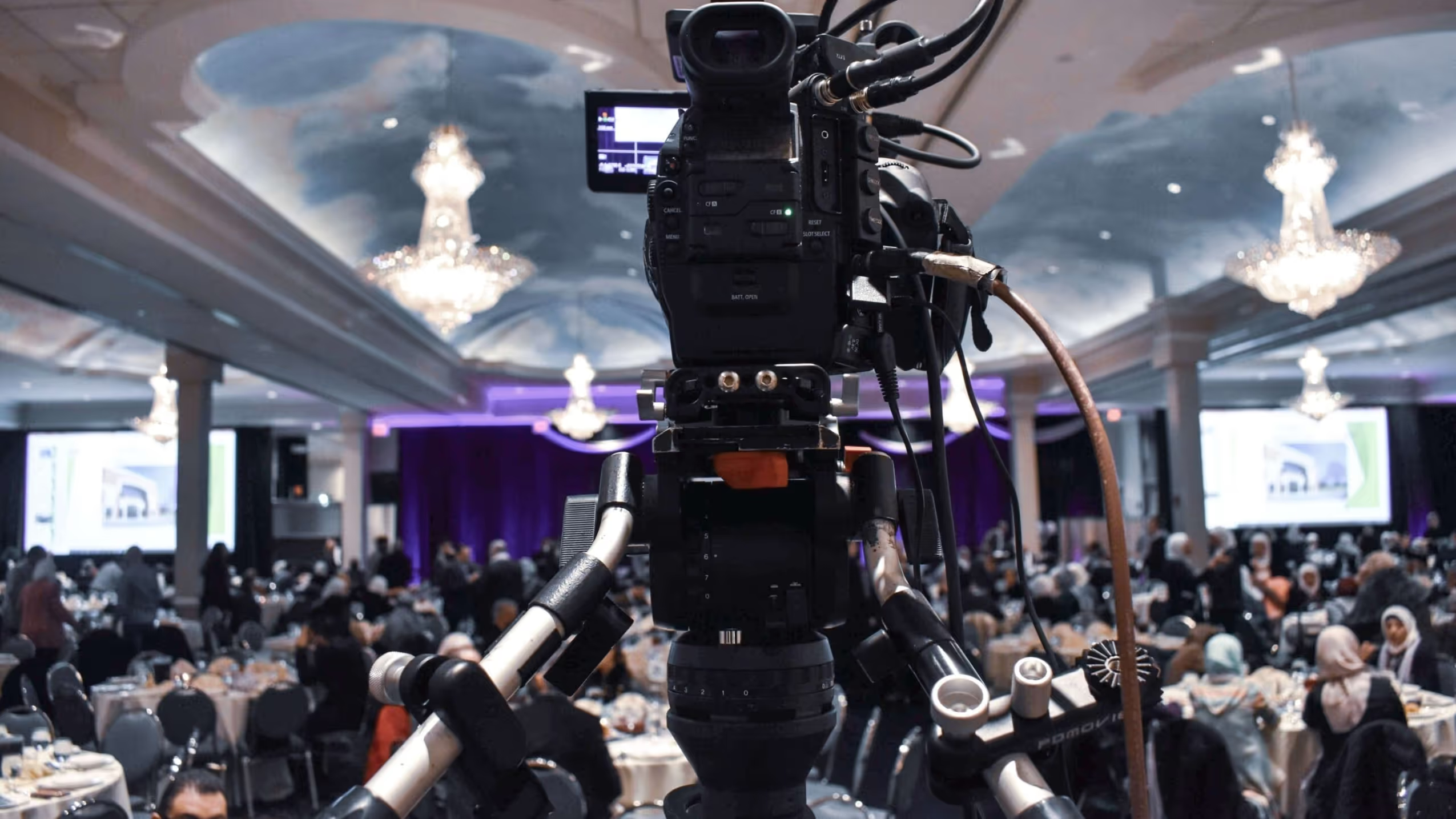How Small Brands Can Grow Their Influence with a Unified PR and Content Approach

Large brands have advantages that smaller companies can't match, including massive budgets, established relationships with major media outlets, and specialists managing every aspect of communications. But here's what's changed in the past few years—small brand amplification is possible with tactics that can generate disproportionate impact relative to their size.
The secret sauce? Combining authentic content with impactful PR and micro-influencer partnerships to amplify reach, build credibility, and create genuine connections with audiences.
For small brands across Southeast Asia, this integrated approach isn't just efficient—it's often the only viable path to meaningful visibility in crowded markets.
Why Traditional Approaches Fall Short for Small Brands
Let's be honest about the challenges small brands face when using conventional marketing strategies:
Traditional PR is difficult to access. Major publications prioritise established brands with newsworthy announcements. Most small brands don’t have the relationships or stories that can break through this barrier.
Paid advertising is expensive. Digital ad costs continue to rise, particularly in competitive markets like Singapore. Small brands can quickly burn through budgets without achieving meaningful scale or frequency.
Content alone lacks distribution. You can create excellent blog posts, videos, or social content, but without existing audiences or amplification mechanisms, that content rarely reaches beyond your immediate followers.
Macro-influencers are out of reach. Influencers with hundreds of thousands of followers command fees that small brands can't afford, and often deliver engagement rates that don't justify the investment.
Each approach in isolation has limitations, but combined strategically, they create something much more powerful.
The Unified Approach
A PR-Content approach involves multiple moving parts designed for small brand amplification.
1) Content as the Foundation
Start by creating genuinely valuable content. Not promotional material disguised as content, but resources that serve your audience's needs regardless of whether they buy from you.
Quality content demonstrates expertise, builds organic search visibility, provides substance for media pitches, and gives influencers something meaningful to share.
When creating content, consider from the beginning:
- What PR angles can I get from this?
- What would make this shareable for micro-influencers?
- How does this support SEO and organic discovery?
- What value does this provide beyond our immediate promotional interests?
2) Micro-Influencers as Value-Aligned Partners
Micro-influencers, defined as having 10,000 to 100,000 followers, offer several advantages over their macro counterparts:
Higher engagement rates: Niche audiences engage more actively than massive followings.
Affordability: Micro-influencers charge less than celebrities or mega-influencers, making them suitable for smaller budgets.
Authenticity: Their recommendations often feel more genuine, as they're closer to their audiences and more selective about partnerships.
Niche alignment: You can identify micro-influencers whose audiences precisely match your target customers.
Here’s how to build ongoing partnerships with micro-influencers:
Evaluate potential partners through value, not follower counts: Prioritise engagement rates, audience demographics, content quality, and values alignment.
Provide genuine value: Give influencers early access, exclusive info, or behind-the-scenes experiences that their audiences will find valuable.
Encourage authentic sharing: Don't dictate exactly what they say. Provide information and resources, then let them communicate authentically in their own voice.
3) Multiplying Credibility through PR
If you're a smaller brand, you may find it challenging to secure direct media coverage. Here's what you can focus on instead:
Contributed content: Many publications accept expert commentary, how-to articles, or opinion pieces.
Reactive commentary: Position yourself as an expert source for journalists covering your industry, providing quotes or insights when relevant news breaks.
Partnership announcements: Collaborations with other brands, nonprofits, or community organisations often merit coverage, particularly in regional or trade publications.
Awards or milestone achievements: Industry awards, certifications, or inclusion in "best of" lists, revenue milestones, new launches, or expansion plans provide media angles
Unique positioning: Being first, only, or different in meaningful ways
Founder stories: Personal journeys that illustrate broader trends or challenges
Social impact: Community contributions or CSR initiatives
While it’s ambitious to appear in national publications immediately, that’s not the ultimate goal. You want to build a portfolio of credible coverage that demonstrates authority and can be amplified through other channels.
4) Social Media Amplification for Small Brands
When you secure media coverage, micro-influencer mentions, or create strong content, amplify it by:
- Sharing media placements across your owned channels
- Using media mentions in sales materials and investor communications
- Repurposing coverage into multiple content formats
- Considering small paid promotion budgets to extend the reach of the highest-performing organic content
5) Measure Holistically
Don't just track individual channel metrics. Instead, measure their combined impact:
- Awareness growth: How is search volume for your brand name trending?
- Website traffic sources: What percentage comes from earned vs. owned vs. influencer referrals?
- Conversion attribution: Which channels drive actual business outcomes?
- Share of voice: How does your visibility compare to competitors in target segments?
- Sentiment and perception: How are audiences describing your brand when they encounter it?
This holistic view helps you understand which approach (or their combinations) work best and where to channel your resources.
Real-World Application: Regional Success Stories
Let's look at real examples from across Southeast Asia that demonstrate this unified approach in action:
Singapore: JobStreet Boosts Organic Traffic Through the "Laws of Attraction"
When JobStreet Singapore wanted to launch their research-based “Laws of Attraction” campaign, analysing over 7,000 candidates in Singapore and 10,000 in Malaysia across 25 industries, we helped them create a content ecosystem designed for multiple purposes from day one.
- In-depth report: Mutant analysed salary trends across roles, generations, and industries—translating the data into engaging articles, e-books, and infographics tailored for audiences in Singapore and Malaysia.
- Media coverage and interview opportunities: This opened up opportunities for interviews and placements, in addition to coverage for the official campaign launch.
- Social media integration: Based on these insights, we also created social media content and infographics for Facebook and Instagram.
As a result, JobStreet saw a 260% boost in social engagement rates and 3.5X growth in followers, demonstrating how one core content asset can generate compounding value when designed strategically from the start.
Malaysia: Babel Fit's Luxury Positioning Through Integrated Marketing
Babel Fit, Malaysia's ultra-luxurious boutique gym known as "the Dyson hairdryer gym," built its brand through seamlessly integrated event marketing, social media presence, and influencer partnerships. With a customer base comprised mostly of young working adults, social media played a huge role in marketing the new gym.
Rather than relying solely on traditional advertising, Babel Fit created buzz through:
- Event partnerships: Participating in Malaysia's first-ever influencer festival (IN Festival 2018), conducting live fitness demonstrations.
- Social-first strategy: Creating highly Instagrammable spaces with immaculate design aesthetics that naturally generate organic content.
- Influencer collaboration: Working with fitness micro-influencers who authentically showcased the premium gym experience to their engaged communities.
- PR storytelling: Securing media coverage in lifestyle publications that positioned the brand as bridging the gap between boutique and commercial gyms.
As a result of their efforts, Babel could command premium pricing while building community and sustained visibility without massive advertising budgets.
Thailand: Ingu Cosmetics' Content-to-Commerce Strategy
Ingu, founded by Chayadhorn Kitiyadisai (known online as Ingck), grew from a YouTube channel called "Read Behind the Box" dedicated to skincare topics into one of Thailand's most trusted homegrown skincare brands within just two years.
Ingu's integrated approach demonstrates perfect synergy:
- Educational content foundation: Years of building authority through honest product reviews and skincare education on YouTube.
- Community trust: Established credibility as an expert before launching products, converting the audience into customers.
- Retail partnerships: Strategic placement in major retailers like Watsons Thailand while maintaining direct-to-consumer relationships.
- Transparency positioning: Science-backed formulations with full ingredient transparency that aligned with the founder's content values.
The brand didn't need expensive celebrity endorsements or massive marketing budgets—the unified content and commerce approach created built-in distribution and trust.
Indonesia: Kopi Kenangan's Rapid Growth Through Integrated Branding
Kopi Kenangan expanded rapidly from a single outlet to become synonymous with quality coffee across Indonesia through strategic branding and a deep understanding of local tastes.
Their success came from integrating multiple elements:
- Authentic storytelling: Brand narrative centred on nostalgia, affordability, and memorable coffee experiences.
- Social media mastery: Strong presence across multiple platforms, creating community engagement.
- PR and partnerships: Innovative marketing campaigns that generated earned media coverage, from media interviews with major news portals to artistic collabs with the creators of the hit animation One Piece.
- Customer experience focus: Every touchpoint from outlets to Kenangan's digital app reinforces brand values.
This shows that small brands can achieve amplification on a regional scale through integrated approaches that align product quality, brand storytelling, social engagement, and strategic partnerships.
Influence Is Built, Not Bought
The unified PR and content approach doesn't require enormous resources. It requires intention, genuine value creation, and persistent execution. For small brands willing to invest in these elements, the results can be transformative.
The media exists in fragmented noise. Dialling in on authenticity and strategic integration helps you outperform the most expensive campaigns. And that's an advantage small brands can absolutely claim.
As a PR agency with deep expertise in Southeast Asia, Mutant helps brands of all sizes develop integrated communications strategies that deliver measurable impact. From content development to influencer partnerships to media relations, we provide the strategic thinking and execution capabilities that help small brands achieve outsized influence. Reach out to us at hello@mutant.com.sg to get started.












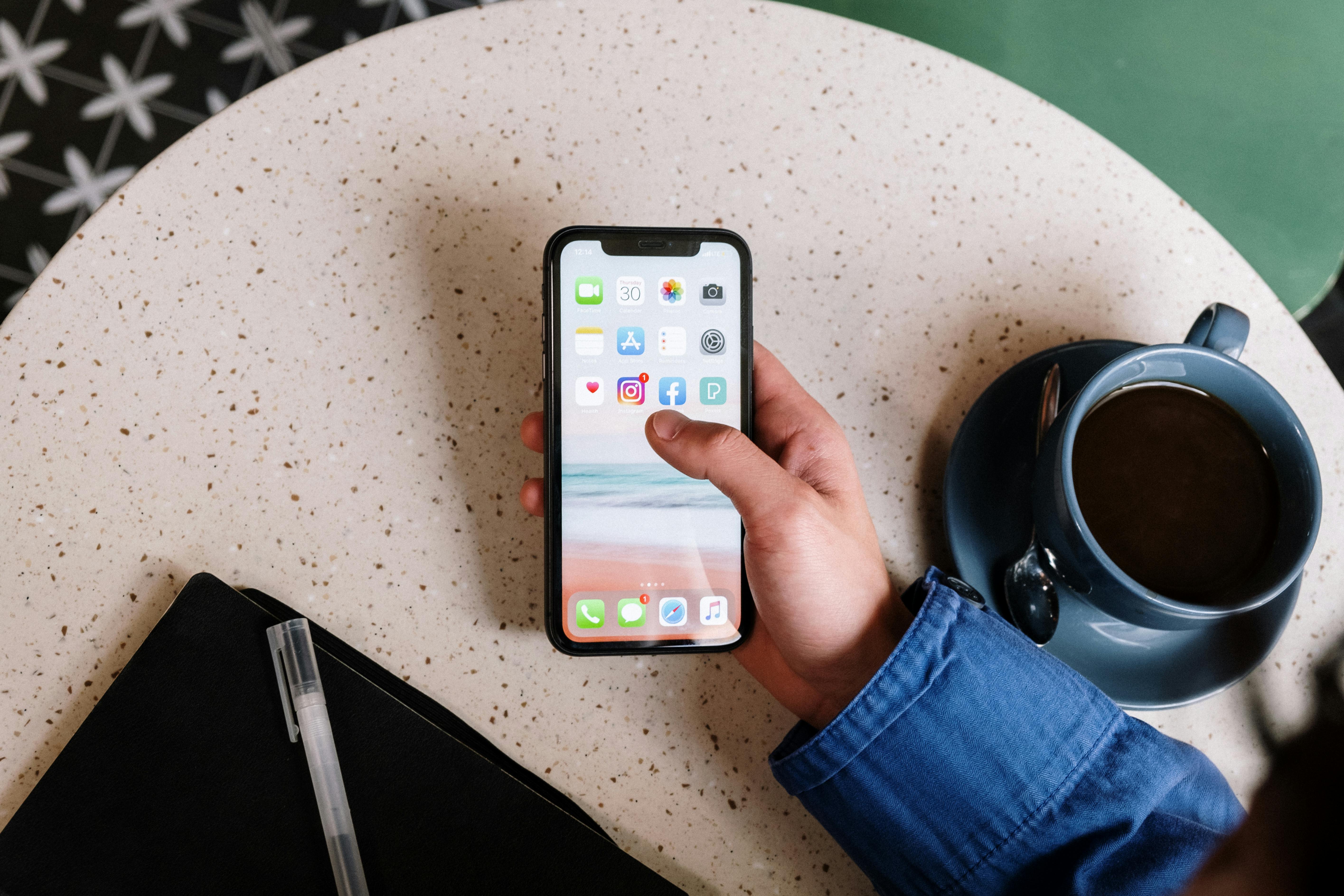



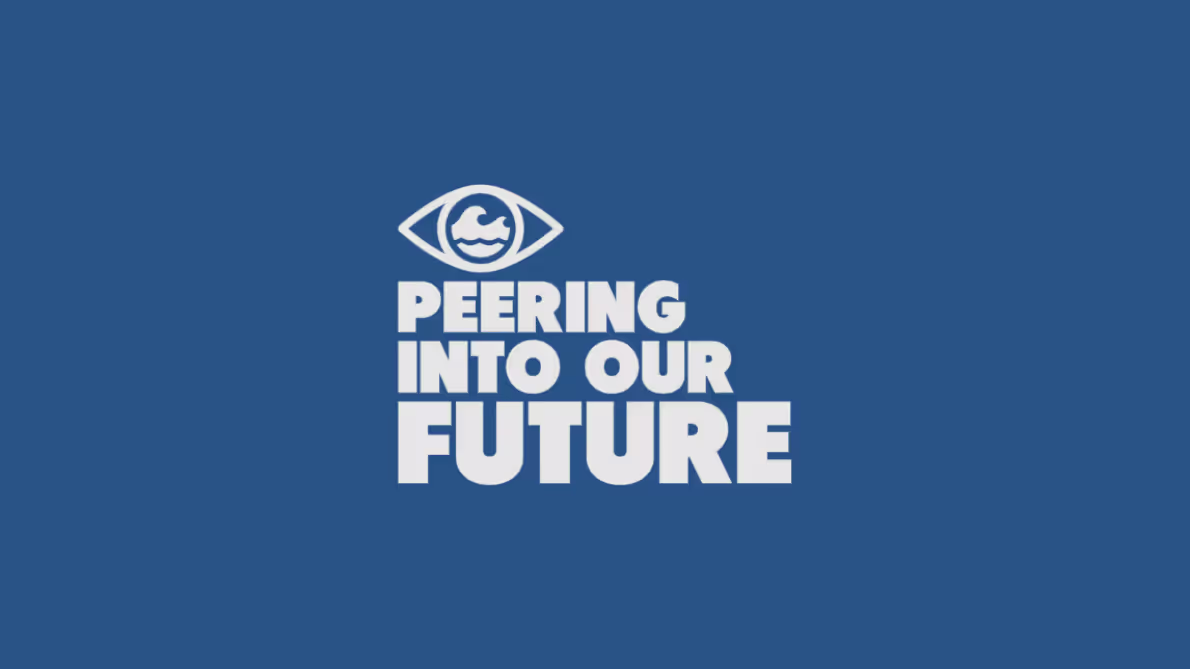















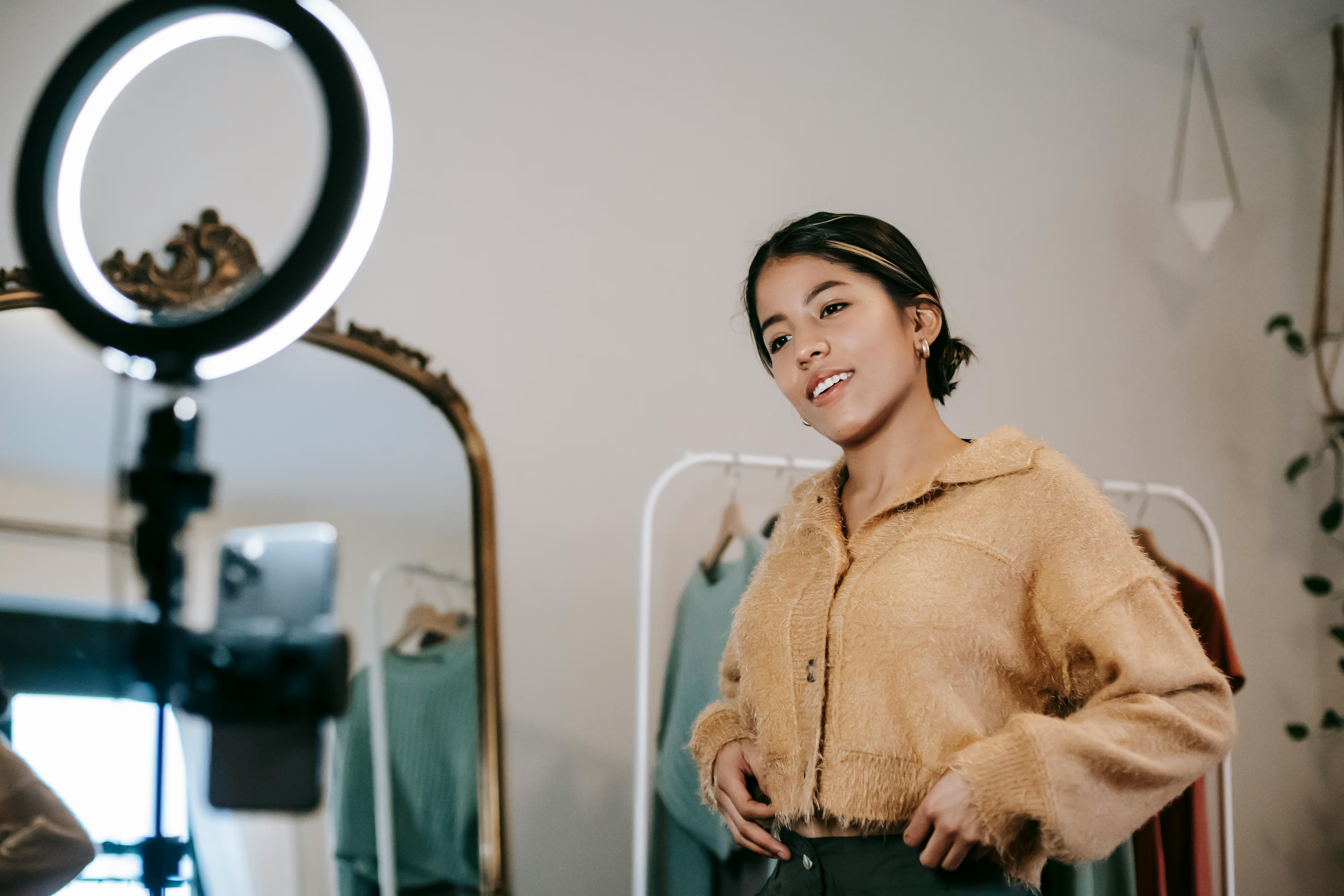

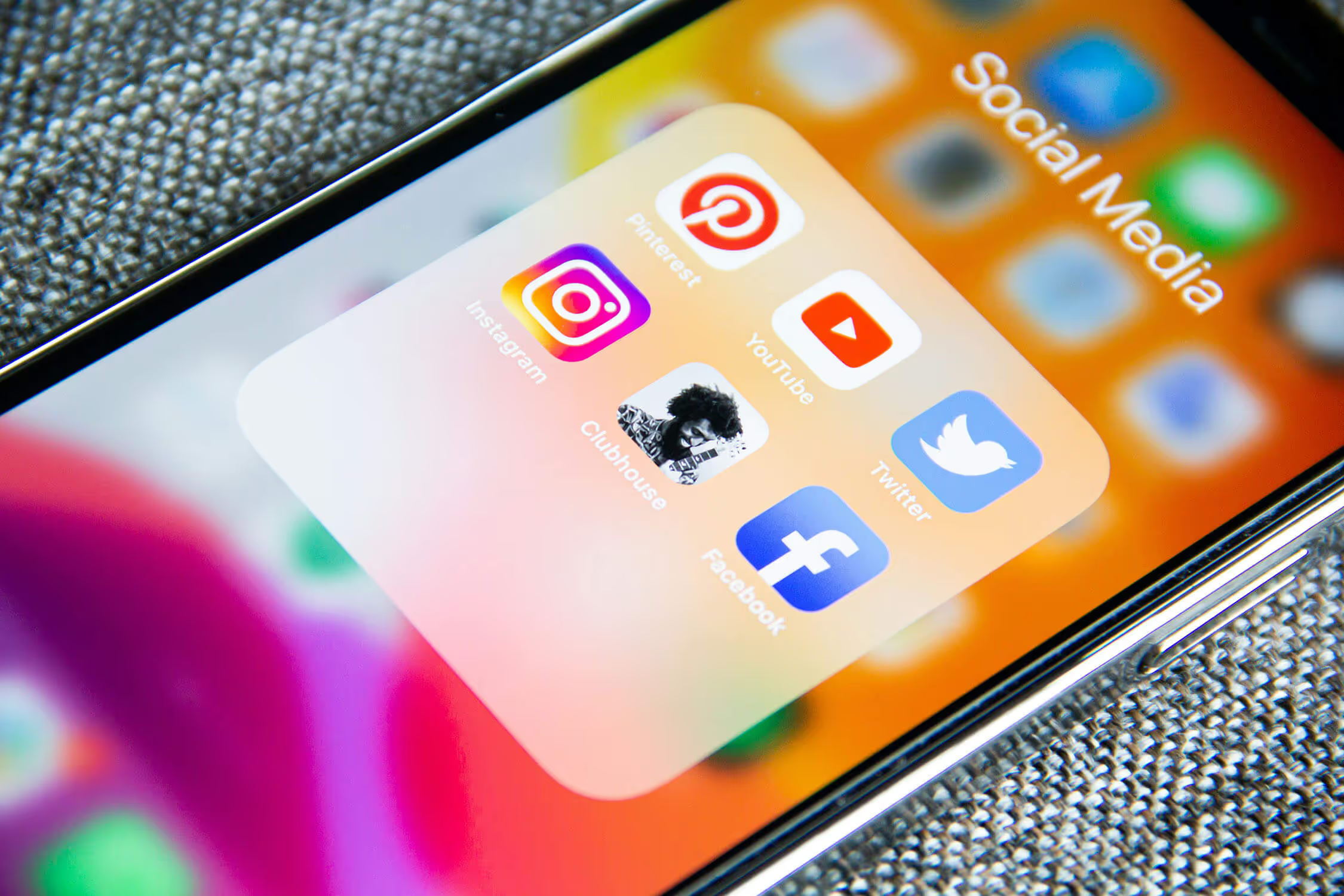

.avif)
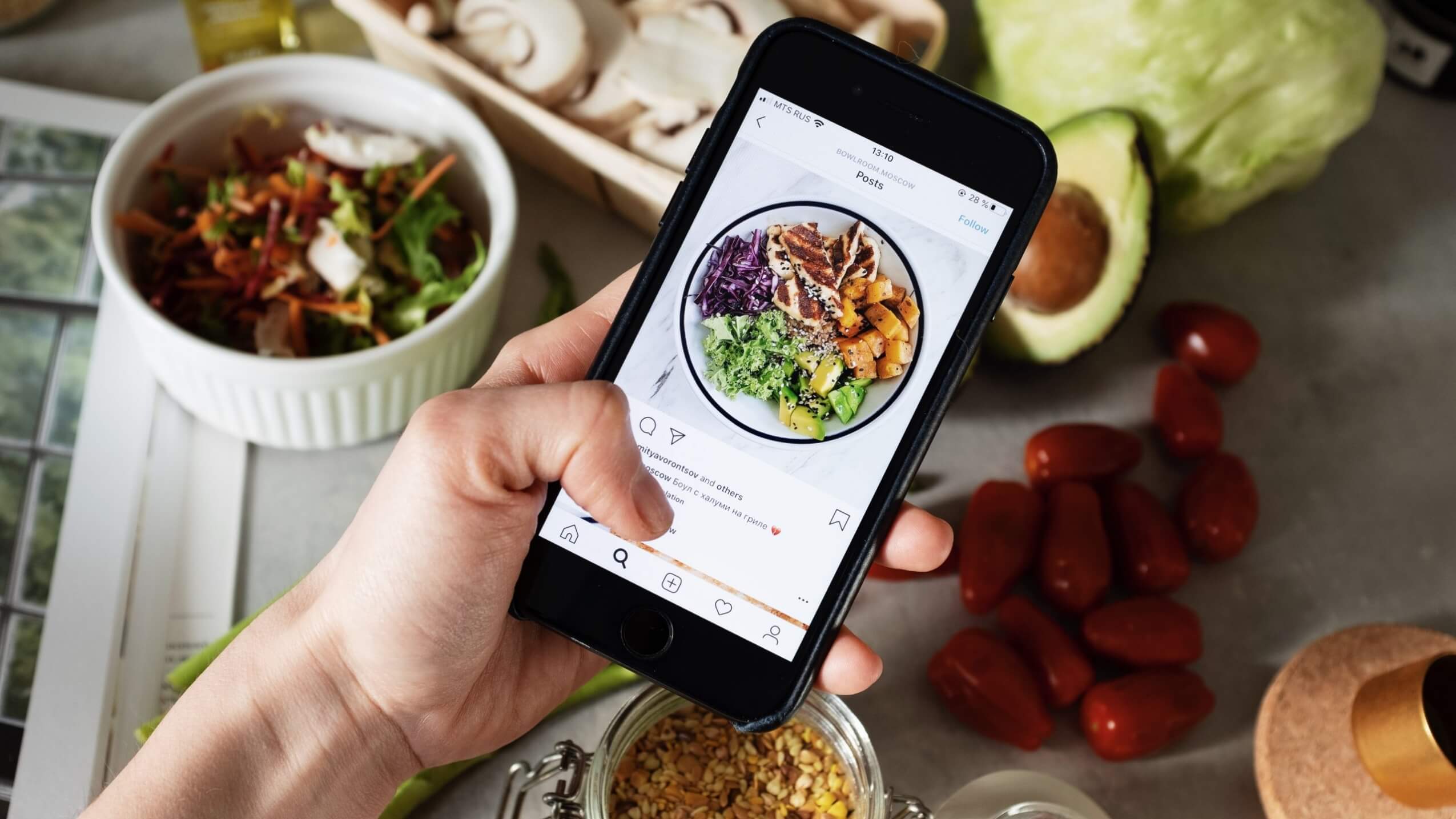






.jpg)
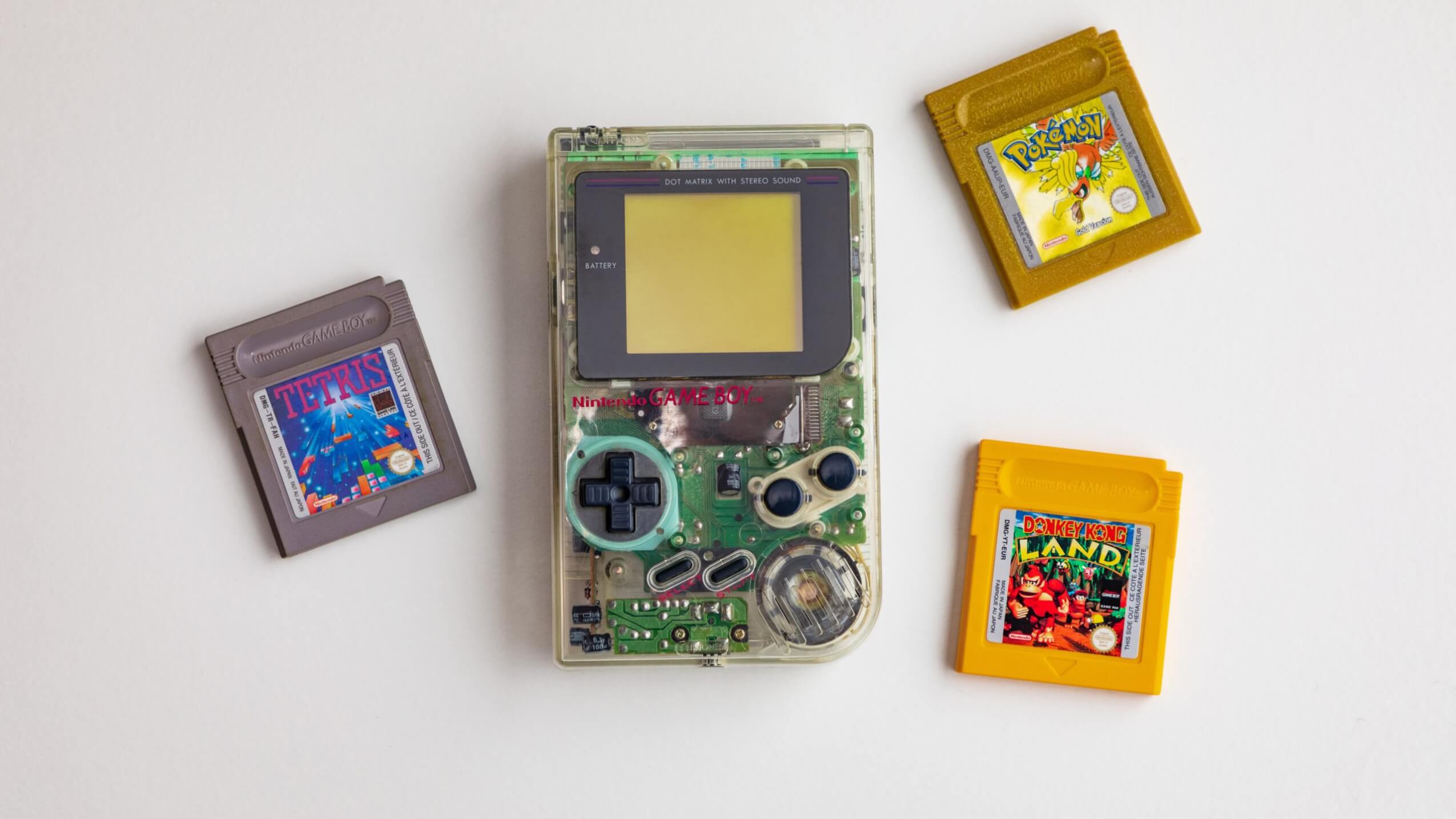





.avif)




.jpg)



